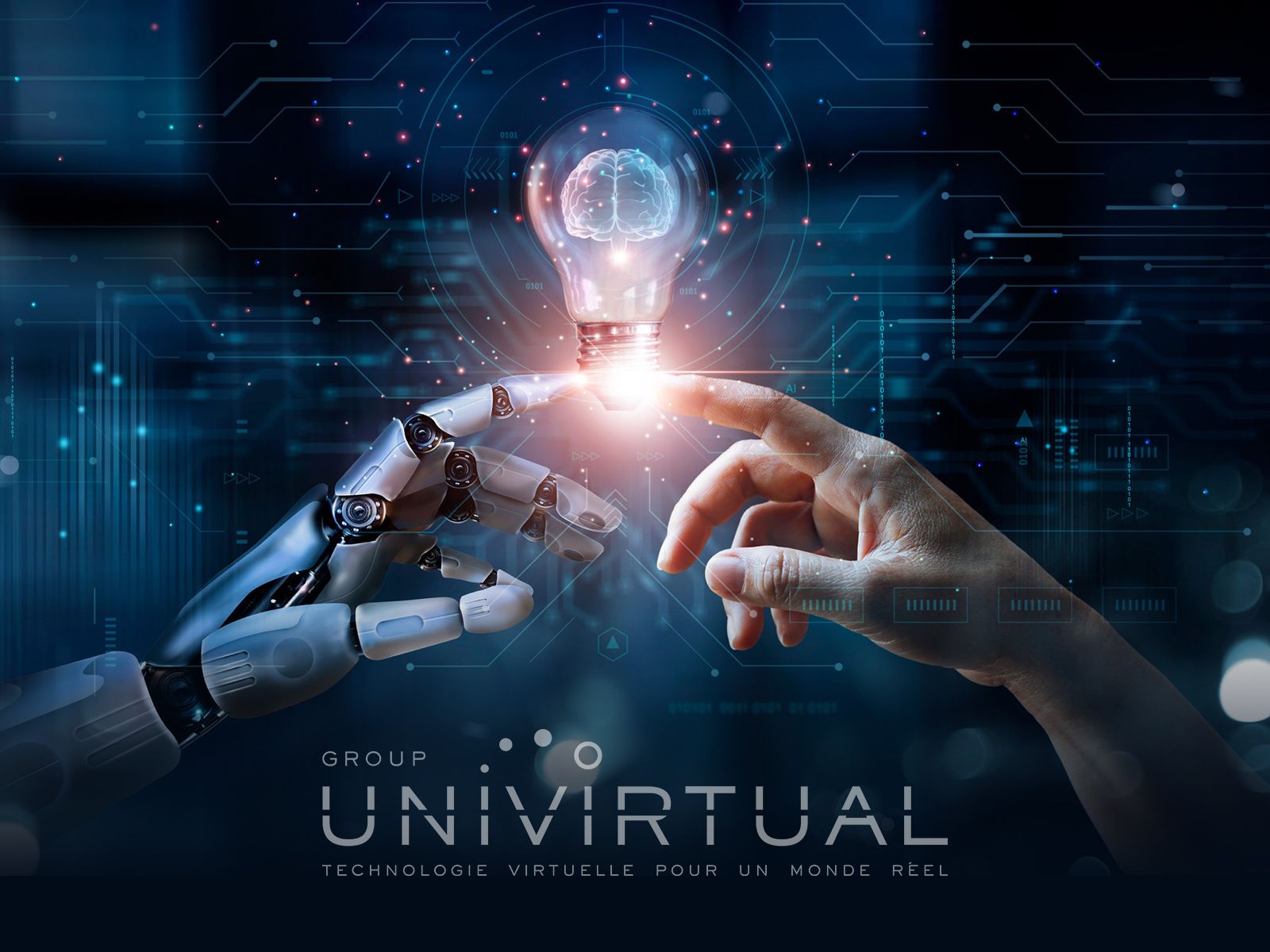Published on 5/9/2025 by Emilie SOLÈR
Last updated : 11/7/2025
2025, a pivotal year for enterprise IT architecture
As digital transformation accelerates, 2025 is set to be a disruptive year for IT infrastructures. Sovereign cloud, proactive cybersecurity, autonomous artificial intelligence: these technologies are no longer simple innovations, but structuring levers for CIOs, CTO and executives. The speed of technical developments requires a change in posture: it is no longer enough to adopt tools, we must build a strategy for anticipation, integration and steering.
This article offers an analysis of the most structuring IT trends in 2025, with a dual objective: to understand their concrete implications for the business and to guide the right technological decisions.
1. Artificial intelligence becomes autonomous and active
The emergence of agentique AI marks a turning point in the exploitation of artificial intelligence in companies. Unlike traditional generative models, these systems are capable of making decisions, triggering actions, and adjusting to a given business objective. Specifically, these intelligent agents can automate complex processes, control workflows or analyze data in real time to guide an action.
For the CTO, this implies a more fine-grained governance of AI scenarios, rigorous integration with internal tools, and ethical and legal safeguards. These technologies promise considerable productivity gains, but require a strategic framing phase.
2. Predictive Cybersecurity: A new standard for CIOs
In 2025, cyber attacks will become more frequent, more targeted and more automated. In the face of this threat, predictive cybersecurity solutions based on artificial intelligence are needed. They can anticipate suspicious behavior, correlate weak signals, and react before an attack has an effect.
This paradigm shift is transforming IT security from a defensive function to a proactive one. For CIOs, this means redesigning the IS architecture, strengthening oversight capabilities, and adopting solutions that can dynamically adapt to new types of threats.
3. Sovereign Cloud and Edge AI: a duo for performance and compliance
Digital sovereignty issues are taking on unprecedented proportions in 2025. Between regulatory constraints (GDPR, NIS2), geopolitical tensions and customer requirements, European companies must regain control over their data. The sovereign cloud becomes the preferred solution for hosting sensitive data, in localised and legally protected datacenters.
At the same time, Edge AI is growing: intelligent processing is carried out directly near the sensors or terminals, which reduces latency and increases security. This local cloud + edge computing duo enables more speed, more resilience, and better control of critical flows.
4. Explainable IA, sustainability and ethics by design

The question of intelligibility of AI systems becomes central. Companies can no longer be satisfied with results without justification. Explainable AI (XAI) provides mechanisms for understanding, tracking and justifying algorithmic decisions, facilitating their acceptance by users, regulators and customers. At the same time, the requirements for sustainability and environmental impact are driving the choice of low-profile and responsible IT architectures.
These criteria must now be an integral part of calls for tenders, IT roadmaps and technology partnerships.
Conclusion - IT landscape more complex, but more strategic than ever
The IT trends of 2025 reveal a growing need for leadership, consistency and expertise. Autonomous AI, sovereign cloud, proactive cybersecurity, edge computing... these innovations cannot be adopted in isolation. They must be part of a global vision, aligned with the business strategy, compliance issues and operational constraints.
At UNIVIRTUAL, we support companies in the choice, integration and security of these new technologies.
Our experts help you to structure an IT strategy that is scalable, resilient and tailored to your priorities. Contact us for personalized support.


